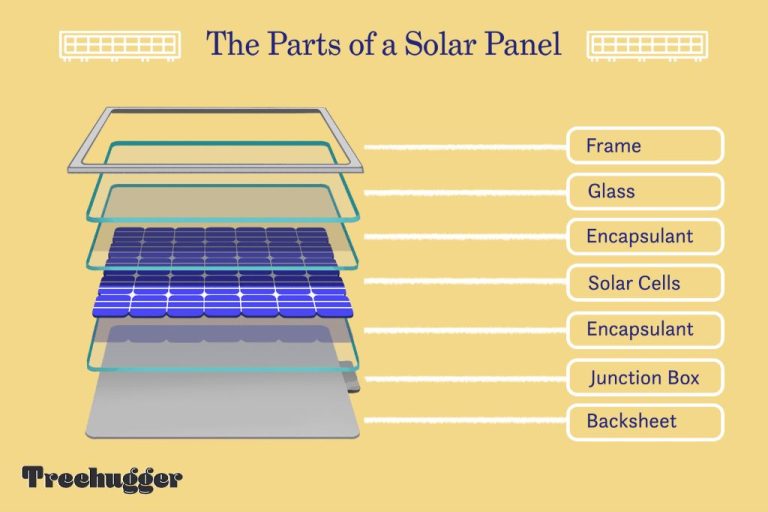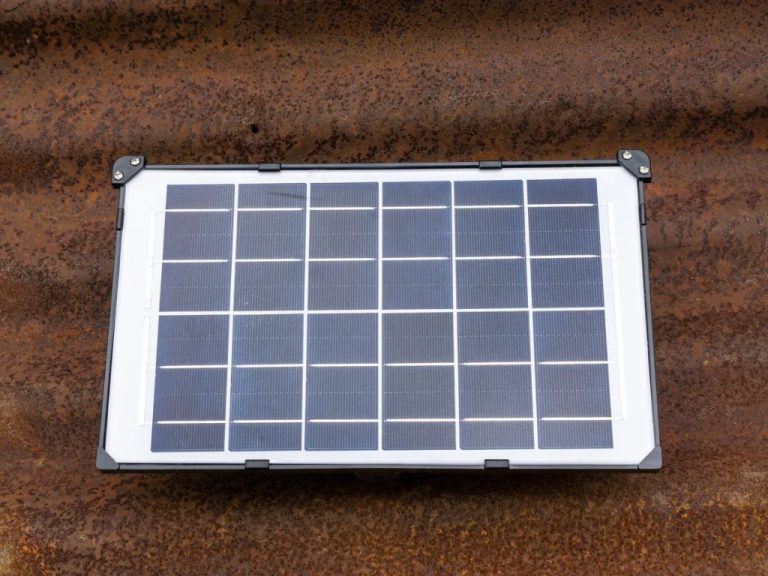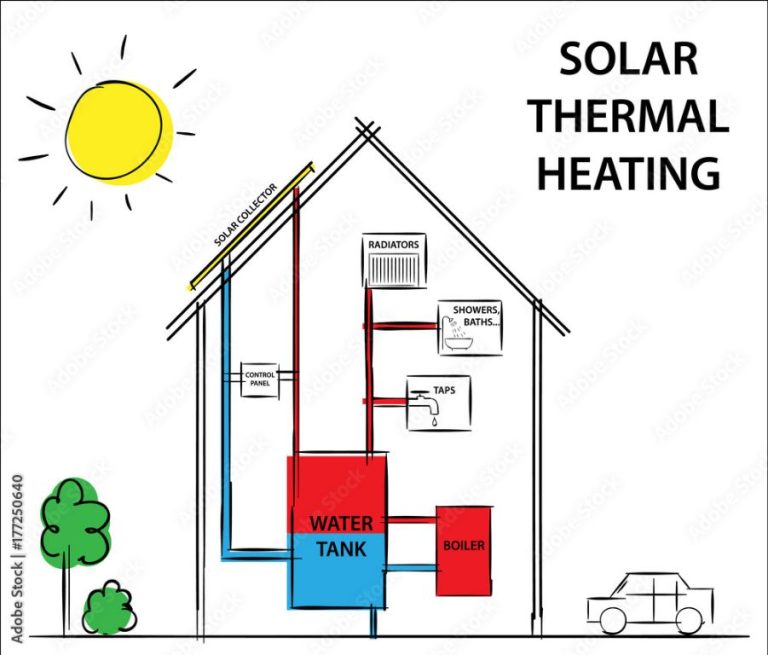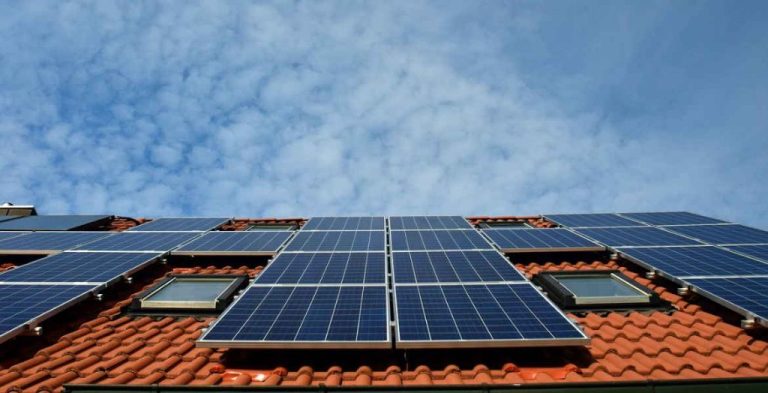Can Solar Power Be Created?
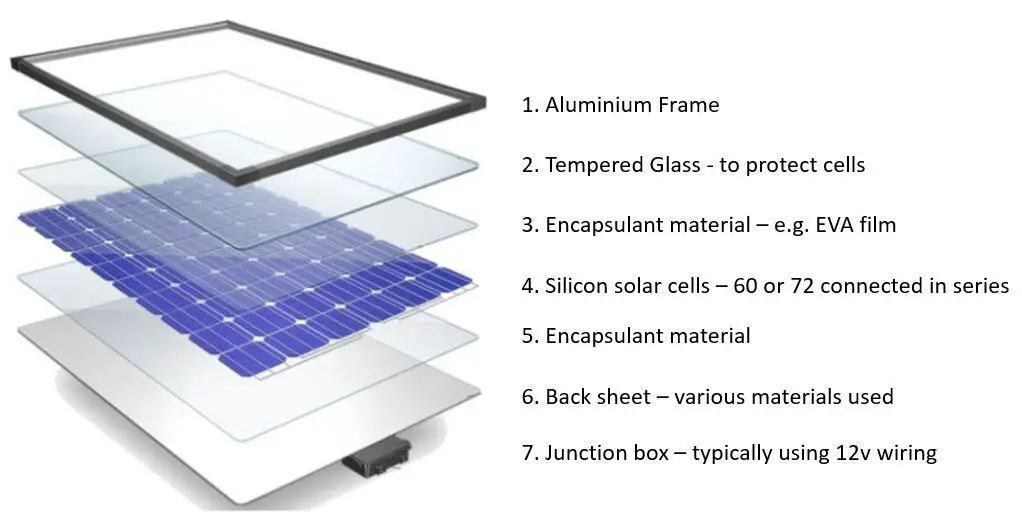
Solar power is the conversion of energy from sunlight into electricity using photovoltaics (PV). It is a renewable energy source that does not produce greenhouse gas emissions or toxic waste in power generation. As concerns about climate change grow, solar power provides a sustainable alternative to reliance on fossil fuels.
With the increasing strain on non-renewable energy sources like coal and natural gas, there is a growing need for alternative renewable sources of energy. Solar power is an abundant, infinite resource that is available worldwide. Understanding the potential benefits and limitations of solar power is important as we transition towards a clean energy future.
This article explores the key question: can solar power be effectively harnessed and scaled to meet the world’s energy needs?
How Solar Power Works
Solar panels work through the photovoltaic effect, which is the process of converting sunlight into electricity (1). Sunlight is made up of particles of energy called photons. When these photons hit the solar panel, they knock electrons loose from the atoms that make up the solar cells. The loose electrons flow through the panel as direct electrical current. This flow of electrons is harnessed and redirected into an inverter, which converts the DC current into alternating current (AC), the kind of electricity that powers homes and the grid (1).
Solar panels are made up of many solar cells, which are made from materials like monocrystalline silicon or polycrystalline silicon. The cells contain positively charged silicon and negatively charged boron. The interface between these two layers creates an electric field. When a photon hits a solar cell, its energy frees an electron from the cell. The electric field then propels the electron out of the cell into a circuit, creating electricity (1).
Overall, photovoltaic solar panels directly convert sunlight into electricity through this photovoltaic effect. The more sunlight that hits the panels, the more electricity that is produced. Solar panels do not require direct sunlight and can still produce some electricity on cloudy days (1).
Source:
(1) https://www.livescience.com/41995-how-do-solar-panels-work.html
Solar Power Technologies
There are several main types of solar power technologies that are used to harness energy from the sun:
Photovoltaic (PV) solar power uses solar panels made up of solar cells containing photovoltaic materials to convert sunlight directly into electricity. PV panels can be used in small-scale residential or commercial installations, or utility-scale solar farms covering many acres. Key things that determine PV efficiency include the types of materials used, panel orientation, and sunlight exposure. Some leading PV technologies today include monocrystalline silicon, polycrystalline silicon, and thin-film PV 1.
Concentrated solar power (CSP) systems use mirrors or lenses to concentrate sunlight onto a receiver, heating up a transfer fluid that is used to spin a turbine to generate electricity. CSP allows for thermal energy storage, enabling electricity production when direct sunlight is not available. Types of CSP include parabolic trough systems, solar power towers, parabolic dishes and linear Fresnel systems 2.
Solar heating and cooling (SHC) systems harness solar thermal energy to provide hot water, space heating, and solar air conditioning. Common SHC technologies include flat plate collectors, evacuated tube collectors, and concentrating collectors. Solar thermal applications can cover anything from residential hot water to large-scale district heating systems 3.
Growth of Solar Power
Solar power capacity has been growing exponentially worldwide over the past decade. According to the International Energy Agency, the total global solar PV capacity grew from 40 gigawatts in 2010 to 580 gigawatts in 2020, an increase of over 1300% (source).
The growth is being driven by both utility-scale and distributed solar installations. In 2016 alone, solar PV additions increased by 50% over the previous year, with 75 GW of new capacity added globally (source). China accounted for nearly half of all new solar PV capacity in 2016 and has emerged as the undisputed leader in solar energy expansion (source).
Analysts predict the rapid growth to continue, with total global solar PV capacity expected to reach over 4500 gigawatts by 2050. Key factors driving the growth include decreasing costs, supportive government policies, increased energy demand, and the need for clean energy sources to combat climate change. If current trends persist, solar power could become one of the main electricity sources worldwide within the next few decades.
Benefits of Solar
Solar power is clean and renewable – sunlight will continue providing energy as long as the sun is shining. It does not generate air or water pollution like fossil fuels do. Solar power helps to reduce reliance on fossil fuels like coal and natural gas, which emit harmful greenhouse gases. Since solar arrays can be installed on rooftops or in local areas, they enable decentralized energy production close to where power is consumed, reducing the need for long transmission lines.
The growth of solar power creates many skilled jobs in manufacturing, installation, and maintenance. The Solar Foundation estimates that the solar industry employed over 250,000 Americans in 2020. These jobs continue to multiply as solar capacity expands. Solar power also generates tax revenue and other economic benefits at state and local levels.
Limitations of Solar
While solar power offers many benefits, it also has some limitations that need to be considered. One major limitation is intermittency – solar energy can only be captured when the sun is shining. This means solar power output depends on the time of day, weather conditions, and geographical location. Cloudy days and nights with no sun reduce the amount of energy that can be generated [1].
The intermittent nature of solar power also creates challenges for energy storage. Methods like batteries can store solar energy for use when the sun isn’t shining, but large-scale storage options are still expensive. The development of more affordable and efficient storage technologies could help maximize solar power usage.
Solar power also requires a large land footprint due to the space needed for solar arrays. The land use requirements could compete with agriculture, wildlife habitats or other priorities in some locations [2]. Careful planning is needed to find suitable open spaces for large solar installations.
Finally, the upfront costs of solar panels and infrastructure remain high in many areas. While ongoing operation costs are low once solar power systems are installed, the initial investment can deter some consumers and energy providers.
Improving Efficiency
Researchers are constantly working on improving solar panel efficiency and introducing newer technologies. Innovations in solar cells and materials can boost the amount of energy that can be harvested from sunlight. For example, researchers at MIT improved solar cell efficiency by using new materials like gallium arsenide that have properties better suited for converting photons into electricity (https://ornatesolar.com/blog/7-ways-to-increase-your-solar-panel-efficiency).
New solar panel designs are also being tested, like concentrating photovoltaic panels that use lenses and curved mirrors to focus sunlight onto smaller, but very high efficiency solar cells. Companies like Energy5 are developing ways to optimize solar panel efficiency through tracking systems, artificial intelligence, and new materials like perovskites (https://energy5.com/optimizing-solar-panel-efficiency-for-scalability).
For energy storage, lithium ion batteries are being improved and new battery chemistries are emerging to store solar energy more efficiently. Flow batteries, sodium ion batteries, and solid state batteries may offer advantages in capacity, lifespan, costs, and safety (https://howtostoreelectricity.com/boosting-solar-panel-efficiency-techniques-trends-and-technologies/).
Role of Policy
Policies at the federal, state, and local levels have played a key role in advancing solar energy adoption in the United States. Some of the main policy drivers include renewable portfolio standards, net metering, tax credits, and rebate programs. According to http://www.cityofchesapeake.net/671/Solar-Energy-Policy , many local governments have enacted solar-friendly policies to encourage solar development. For example, the City of Chesapeake in Virginia adopted a solar energy facilities ordinance in 2019 to regulate and enable solar installations.
The federal government provides investment tax credits (ITCs) to help offset the upfront costs of residential and commercial solar systems. These solar ITCs allow taxpayers to deduct 30% of qualified solar energy system costs from their federal taxes through 2032 (https://www.nrel.gov/docs/fy15osti/64178.pdf). Many states also offer additional financial incentives like rebates and performance-based incentives to further spur solar adoption.
Net metering policies allow solar panel owners to export excess electricity to the grid and receive credit for it, helping them offset the costs of installation. As of 2020, 40 states had mandatory net metering programs (http://www.openaccessgovernment.org/solar-energy-policy-in-america/120718/). Renewable portfolio standards requiring utilities to source a portion of their electricity from renewables have also been a major policy driver.
Future Outlook
The future for solar power looks very bright. According to the U.S. Energy Information Administration’s International Energy Outlook 2021, renewable energy is the world’s fastest growing energy source over the next three decades. Solar power specifically is projected to grow more than any other renewable energy source, increasing nearly five-fold between 2020 and 2050.
With continued technology improvements and cost reductions, solar power has the potential to generate up to 40% of the world’s electricity by 2050. The most promising areas for growth are large-scale solar power plants and distributed rooftop solar panels on homes and businesses. If challenges of intermittent supply and seasonal variability can be overcome, solar power could become the world’s largest source of electricity by mid-century (The Future of Solar Energy, MIT, 2019).
Key ways to tap into the full potential of solar power include grid integration innovations, energy storage advances, microgrid adoption, floating solar arrays, solar forecasting improvements, and supportive policies and incentives. With smart policies and sustained research, innovation, and deployment, solar power can play a major role in building a clean, renewable global energy system.
Conclusion
In summary, solar power has enormous potential as a renewable energy source. Solar technologies like photovoltaic panels and concentrated solar plants allow us to harness the sun’s energy and convert it into usable electricity. As solar power grows more efficient and cost-effective, it is seeing massive growth around the world, especially in places with ideal conditions like abundant sunlight and open land. Key benefits of solar power include it being renewable, clean, and able to provide energy independence and security. While solar does have limitations like intermittency and higher upfront costs, continued innovation and supportive policies can help overcome these. With solar power only supplying a tiny fraction of global energy needs currently, there remains vast potential for further expansion. If solar power continues on its current growth trajectory, we could feasibly meet a substantial portion of our energy needs from the sun within just a few decades. The future is bright for solar, but realizing its full potential will require sustained research, investment, and policy support.


